
views
X
Trustworthy Source
Cancer Research UK
U.K.-based cancer research and advocacy charity
Go to source
Whether you have Hodgkin’s or non-Hodgkin’s lymphoma, your doctor is likely to prescribe chemotherapy or radiation.[2]
X
Research source
For more aggressive lymphoma, a stem cell or bone marrow transplant might be best.[3]
X
Trustworthy Source
National Health Service (UK)
Public healthcare system of the UK
Go to source
Hodgkin’s Lymphoma can also be treated with the use of steroids.[4]
X
Trustworthy Source
National Health Service (UK)
Public healthcare system of the UK
Go to source
Treating Lymphoma with Chemotherapy
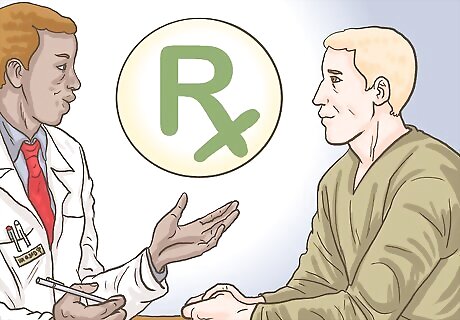
Talk to your doctor to decide which combination of chemo drugs you need. Depending on your age, overall health, and the type and stage of your lymphoma, your doctor can tell you which chemo drugs are best for your treatment.
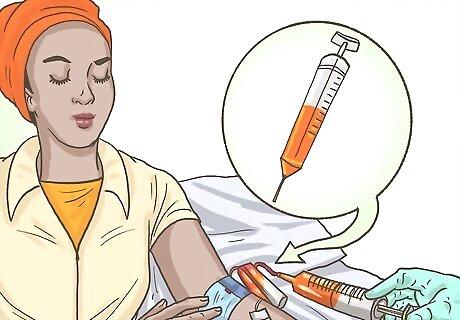
Get chemotherapy intravenously for widespread, treatable lymphoma. Intravenous chemotherapy drugs are injected directly into your bloodstream. You may have several weeks of treatment, followed by several weeks to allow your body to rest. If you have severe side effects from the chemotherapy, you might be admitted to the hospital for a few days.

Take chemotherapy tablets if you can’t handle IV chemo. Chemotherapy drugs administered through tablets tend to be less intense than intravenous drugs. Your doctor might prescribe this type of treatment if your body can’t handle the injection of chemo drugs, or if your lymphoma is at a low stage (stage 1 or 2). How and when you take them will depend on a lot of factors, so make sure you follow your doctor’s instructions exactly. If your lymphoma is incurable, your doctor may prescribe chemo tablets to help treat your symptoms and make you more comfortable.
Using Radiation Therapy to Treat Lymphoma
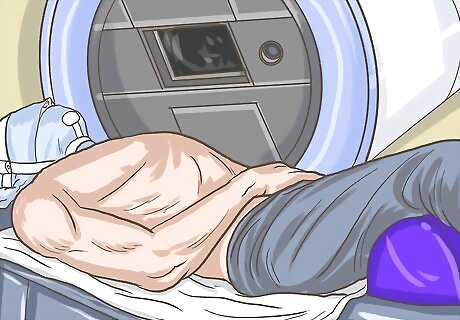
Undergo external beam radiation for lymphoma in 1 part of your body. If your lymphoma is only in 1 part of your body, your doctor might suggest external beam radiation. A machine directs radiation through the skin to the affected lymph nodes.

Use radioimmunotherapy to target aggressive cancer cells. Radioimmunotherapy combines external beam radiation with drugs that contain radioactive material. The drugs target the cancer cells, and their radioactive nature allows the external beam radiation to target cancerous cells more precisely (rather than lots of tissue around the tumors). It’s often used to shrink tumors near other organs. How and when exactly you need to take your immunotherapy drugs will depend on the exact nature of your cancer and overall health. Your doctor will tell you when you should take your drugs, the exact dosage, and when to have your radiation.
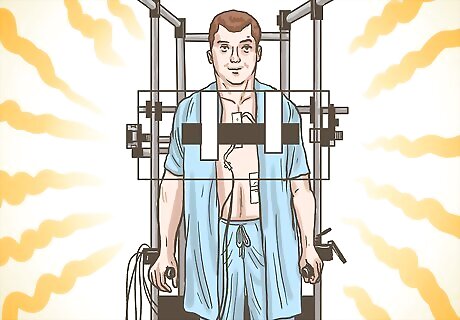
Undergo total body irradiation if you’re undergoing a transplant. If your lymphoma has progressed or spread significantly, your doctor might recommend you have a stem cell or bone marrow transplant. To prepare for this, your doctor might suggest you undergo full-body irradiation to kill as many cancerous cells as possible.
Undergoing a Stem Cell or Bone Marrow Transplant
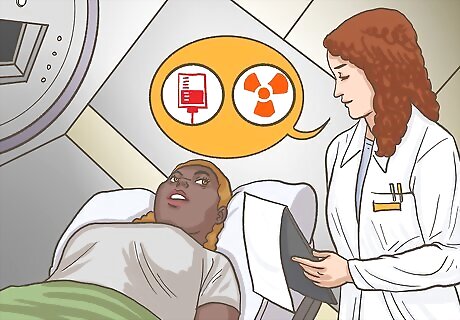
Undergo preparatory chemo and radiation. Before you undergo a stem cell or bone marrow transplant, your doctor may recommend that you go through chemo, radiation, or both. Intense doses of chemotherapy and radiation will kill the cancerous cells, making it less likely they’ll multiply later. If your doctor recommends intense chemotherapy, they may prefer you to have it on an inpatient basis, or in a specialized cancer center where you'll have more support. The side effects of intense chemotherapy might be more than you can treat on your own at home. If your doctor recommends you only undergo radiation before the transplant, they may recommend full-body irradiation. Instead of targeted irradiation, you would be placed under a machine like an MRI machine, and your entire body would be radiated.
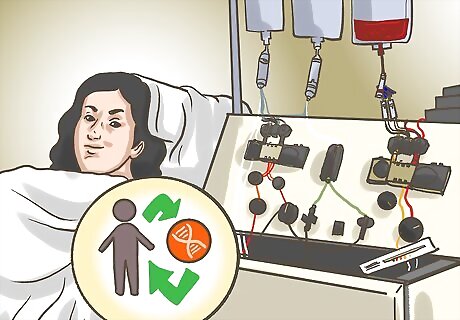
Undergo an autologous transplant if your cells are healthy enough. If the lymphoma has not yet spread to your blood or bone marrow cells, your doctor may be able to remove some of your healthy cells, then re-inject you with them after your chemo or radiation. Your doctor will need to perform blood and bone marrow tests to see if you qualify for this type of transplant.

Use a donor’s cells if your own aren’t healthy enough. If the lymphoma has already spread, you can’t be re-injected with your own cells. Instead, you can undergo an allogeneic transplant, which uses the cells of a donor instead of your own. You’ll still need to undergo chemo or radiation first.
Taking Steroids to Treat Hodgkin’s Lymphoma
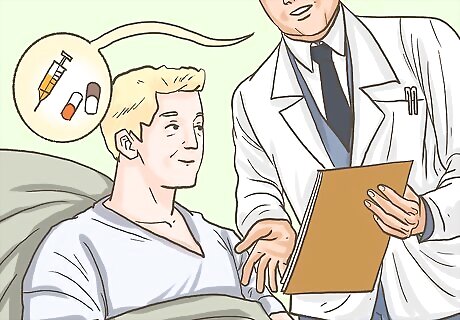
Talk to your doctor. If you have Hodgkin’s Lymphoma, steroids taken with your chemotherapy might help treat it. Your doctor will be able to tell you, depending on previous treatments, your overall health, and the current stage of your cancer, whether it’s a good option for treatment.
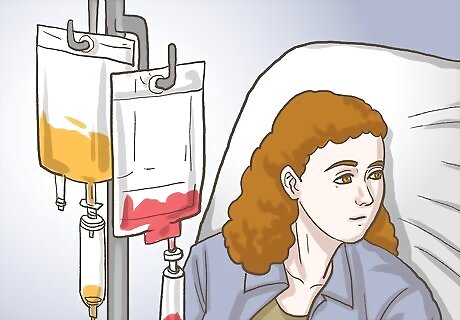
Get the steroids intravenously at the same time as chemotherapy. If your doctor decides steroids are a productive addition to your treatment plan, they might prescribe them for you intravenously. In that case, they would be administered to you at the same time as your outpatient chemotherapy.
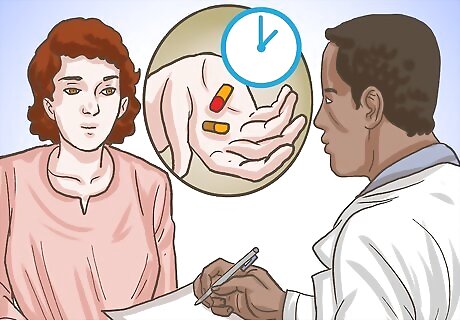
Take steroid pills for lower doses. Depending on the dosage you need, your doctor might prescribe steroids in pill form instead. Follow your doctor’s instructions for taking them exactly – to work with the chemotherapy you’ll need to take them at specific times.



















Comments
0 comment